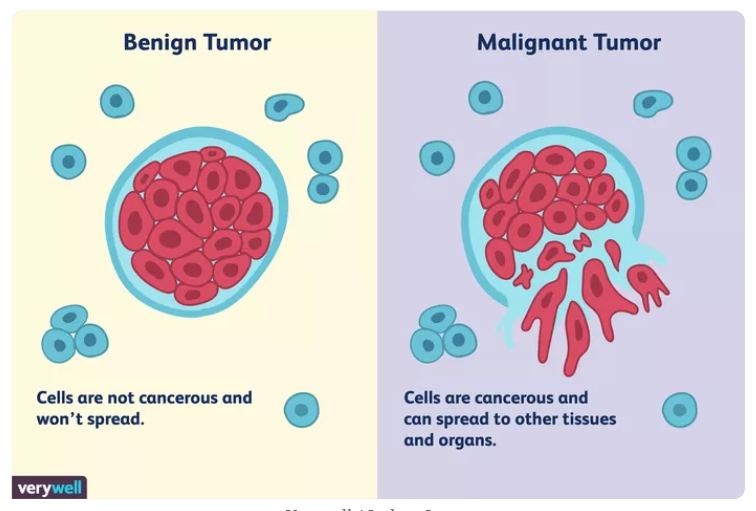Craniopharyngioma: Teeth in brain tumors
- yc

- Dec 21, 2020
- 3 min read
Being one of the deadliest diseases in the world, cancer is commonly known to be caused by a mutation in our genes that cause cells to form malignant tumors. However, today we are not going to talk about how terrifying cancer is, instead we will talk about craniopharyngioma which isn't as complicated as it sounds.

What causes Craniopharyngioma?
Craniopharyngioma is a rare brain tumor disease known to be caused by transformations of cells near the pituitary gland located at the base of our brains in to tumor cells. These cells come from the cricopharyngeal duct which makes up part of the pituitary gland.
However, the exact cause of craniopharyngioma is unknown but it might be caused by a genetic mutation in those cells that turn into tumor cells.
You might think this is a cancer from the word 'tumor' but it isn't. The tumor causing this disease is benign which means that it is non-cancerous as it doesn't spread to other body parts by metastasis, unlike malignant tumors.

Despite the fact that a benign tumor is less harmful, it doesn't mean you are entirely free from harm. Craniopharyngioma can grow up to the size of a golf ball and end up putting more pressure on nearby tissues, nerves, blood vessels or vital organs and causing damage to them.
These can result in symptoms including:
Balance problems
Confusion
Headaches
Mood swings or behavior changes
Increased thirst and urination
Nausea and vomiting
Slow growth in children
Vision problems
Who Can have this Disease?
Craniopharyngiomas are commonly found in Children of ages 5 to 14, but adults of age 50 and over can develop these tumors as well. They can occur in both men and women.
Around 0.5 to 2 people per million each year have craniopharyngiomas and these mainly derive from 1.2 to 4% of all intracranial tumors in children.
Diagnosis
Since there is no exact known cause of craniopharyngiomas, scientist cannot conduct a test that detects this disease specifically. However, since the pituitary gland is responsible for secreting hormones, they thought that craniopharyngiomas can cause a hormone imbalance and hence, use blood and urine tests to indicate and detect that.
Another option is doing a MRI or CT scan of the pituitary gland to give a detailed image of it and help determine if you have craniopharyngiomas or not.
Your doctor could also do a biopsy which involves the removal of tissues or cells from the body under a microscope for examination. This not only diagnose the tumor but it may remove the tumor at the same time, if the tumor is small.
Treatment
Treatment for craniopharyngiomas may involve craniotomy which is a surgical removal of the tumor. To do this the neurosurgeon creates an incision in the scale and temporarily removes the bone that forms the contour of the orbit and cheek. This allows the surgeon to access areas of the brain that are difficult to reach and minimizes the damage to the brain. Then, after the tumor is removed the surgeon will replace the bone.
After this, your doctor may recommend hormone replacement therapy, which restores hormonal balance, and/or stereotactic radiosurgery, which treats functional abnormalities, small tumors in the brain and preserves healthy tissues.
Wait, What About the Teeth?
Here's the exciting part you've been waiting for.
Teeth in brain tumors? What a mystery, right? And it still is.
In 2014, a 4-month-old infant in Maryland was discovered to have teeth form in his brain along with a brain tumor (and of course this is craniopharyngioma). A brain scan showed that the tumor had structures that looked like teeth found in the lower jaw.
Scientists had always suspected that craniopharyngiomas formed from the same cells that were responsible for making teeth but until this boy appeared, no one had ever seen it.
For more information visit Baby's Rare Brain Tumor Had Teeth | Live Science
I hope you enjoyed this new, random and interesting knowledge! Thank you for reading. 💕Here's a random dancing alligator. 💃



Comments